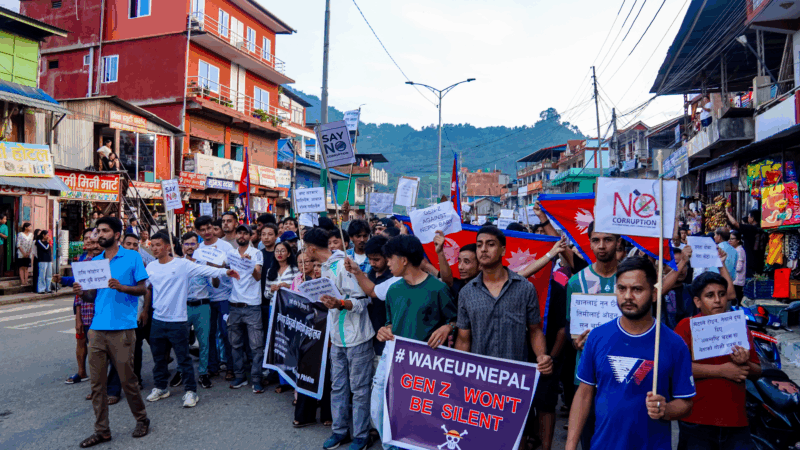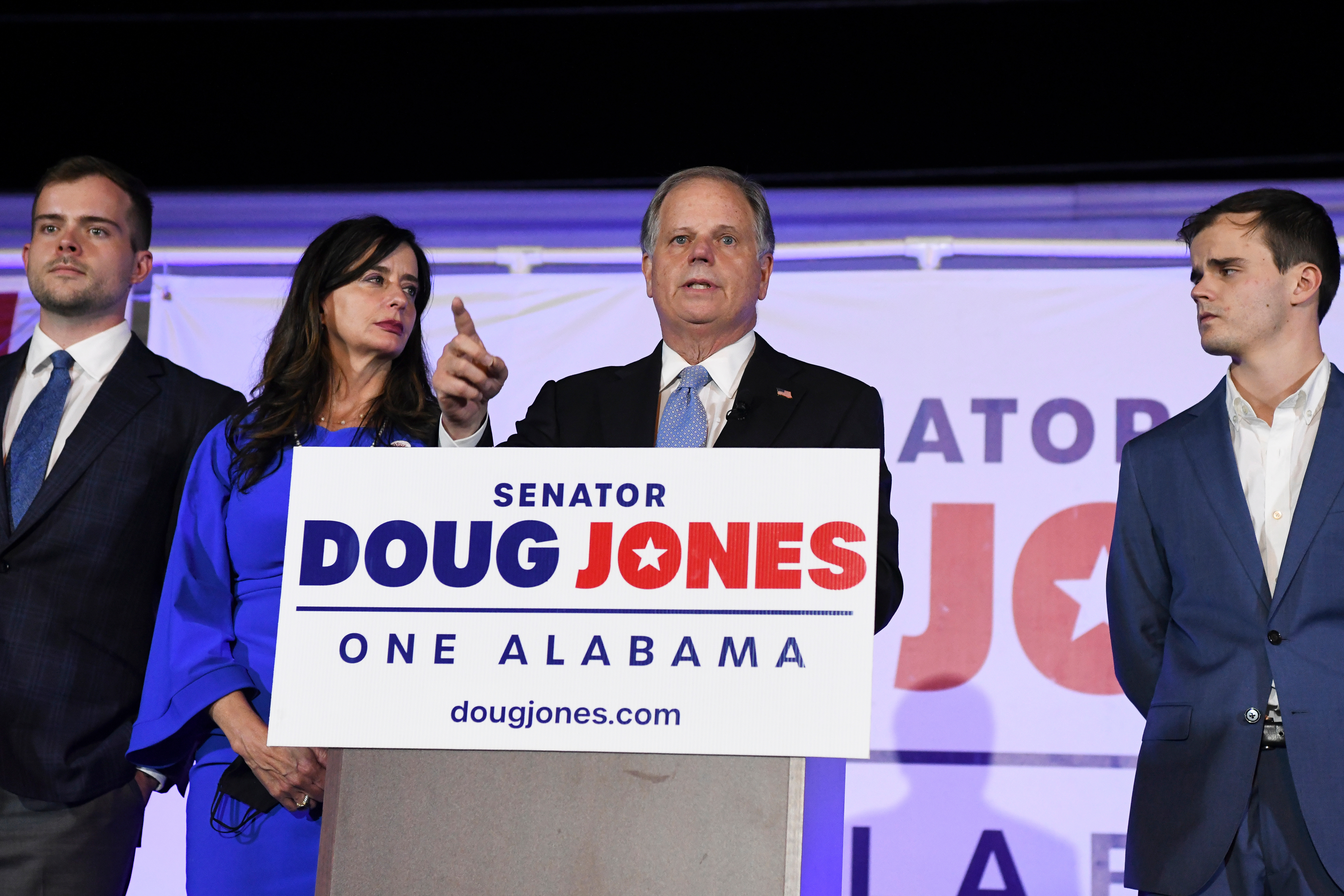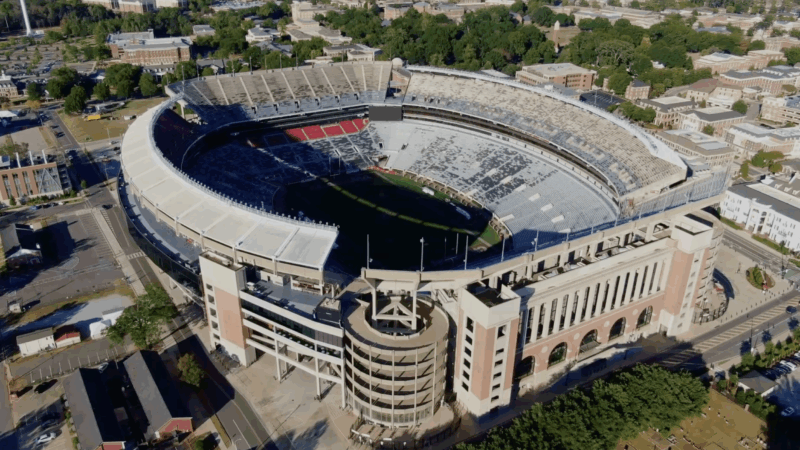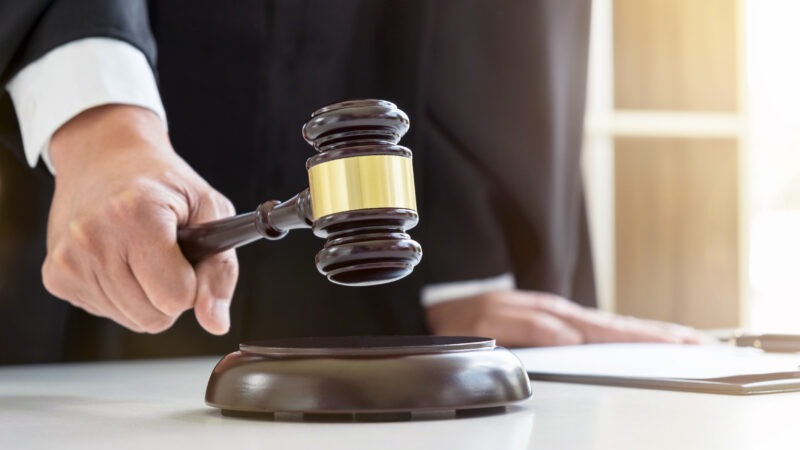What to know about the mass Gen Z protests in Nepal
Over the past 48 hours, Nepal has been rocked by deadly mass protests led by young people who are frustrated over the country’s leadership.
On Tuesday night, the Nepali army deployed troops to restore order after prominent government buildings were set on fire, politicians were attacked and violent clashes erupted between protesters and government forces.
Nepal’s prime minister, Khadga Prasad Oli also stepped down earlier in the day in response to the ongoing fallout.
At least 19 people have been killed in the protests and more than 200 others were admitted to the hospital due to injuries, according to Nepal’s Civil Service Hospital.
Here’s what to know.
How did the protests begin?
Frustrations have been mounting among young people in Nepal over the country’s unemployment and wealth gap. According to the Nepal Living Standard Survey 2022-23, published by the government, the country’s unemployment rate was 12.6%.
Leading up to the protests, the hashtag #NepoBaby had been trending in the country, largely to criticize the extravagant lifestyles of local politicians’ children and call out corruption, NPR previously reported.
Then, last Thursday, Nepal’s government imposed a ban on most social media platforms, including Facebook, X, WhatsApp, and Youtube. Officials said the move was the result of these companies failing to formally register with the government.
Some viewed the ban as a threat to free speech, while others were worried how it would disrupt communication with loved ones working abroad, The Kathmandu Post, a local newspaper reported. Over 741,000 Nepalis left the country in the fiscal year 2023-24 to find employment, according to the Post.

The mass protests erupted on Monday — with some demonstrators setting ablaze government buildings, including the Parliament and the Supreme Court, as well as the homes of top political leaders, NPR previously reported. Tribhuvan International Airport, the country’s main international airport, was also shut down due to smoke in the area.
The government lifted the social ban later in the day and imposed a curfew in the nation’s capital Kathmandu and other cities. But demonstrations continued.
On Tuesday, the District Administration Office in Kathmandu said government forces used water canons, tear gas, and rubber bullets in an attempt to clamp down on protests.
What’s next
The prime minister’s resignation came a day after Interior Minister Ramesh Lekhak also announced his decision to step down.
A key question moving forward is who has the legitimacy to govern Nepal, according to Ashish Pradhan, a senior advisor at the International Crisis Group, a conflict resolution nonprofit.
“This is pretty unprecedented, especially because of the scale,” he said.

Many of the protesters identify as part of the Gen Z population, which is generally defined as those born between 1997 and 2012.
Over the years, this generation has played a central role in explosive political protests in the region. Most recently, last year in Bangladesh, students mobilized to call for the end of a controversial quota system for government jobs. The country’s authoritarian prime minister fled the country as a result. More than 1,400 people were killed, mostly by security forces, according to the U.N Office of the High Commissioner for Human Rights.
In a joint statement on Monday, the embassies of the U.S., U.K., Japan, France and other countries expressed their strong support for “the universal rights of peaceful assembly and freedom of expression.”
“We urge all parties to exercise maximum restraint, avoid further escalation, and ensure that these fundamental rights are protected,” the statement read.
Alabama Power seeks to delay rate hike for new gas plant amid outcry
The state’s largest utility has proposed delaying the rate increase from its purchase of a $622 million natural gas plant until 2028.
Former U.S. Sen. Doug Jones announces run for Alabama governor
Jones announced his campaign Monday afternoon, hours after filing campaign paperwork with the Secretary of State's Office. His gubernatorial bid could set up a rematch with U.S. Sen. Tommy Tuberville, the Republican who defeated Jones in 2020 and is now running for governor.
Scorching Saturdays: The rising heat threat inside football stadiums
Excessive heat and more frequent medical incidents in Southern college football stadiums could be a warning sign for universities across the country.
The Gulf States Newsroom is hiring an Audio Editor
The Gulf States Newsroom is hiring an Audio Editor to join our award-winning team covering important regional stories across Mississippi, Alabama and Louisiana.
Judge orders new Alabama Senate map after ruling found racial gerrymandering
U.S. District Judge Anna Manasco, appointed by President Donald Trump during his first term, issued the ruling Monday putting a new court-selected map in place for the 2026 and 2030 elections.
Construction on Meta’s largest data center brings 600% crash spike, chaos to rural Louisiana
An investigation from the Gulf States Newsroom found that trucks contracted to work at the Meta facility are causing delays and dangerous roads in Holly Ridge.









